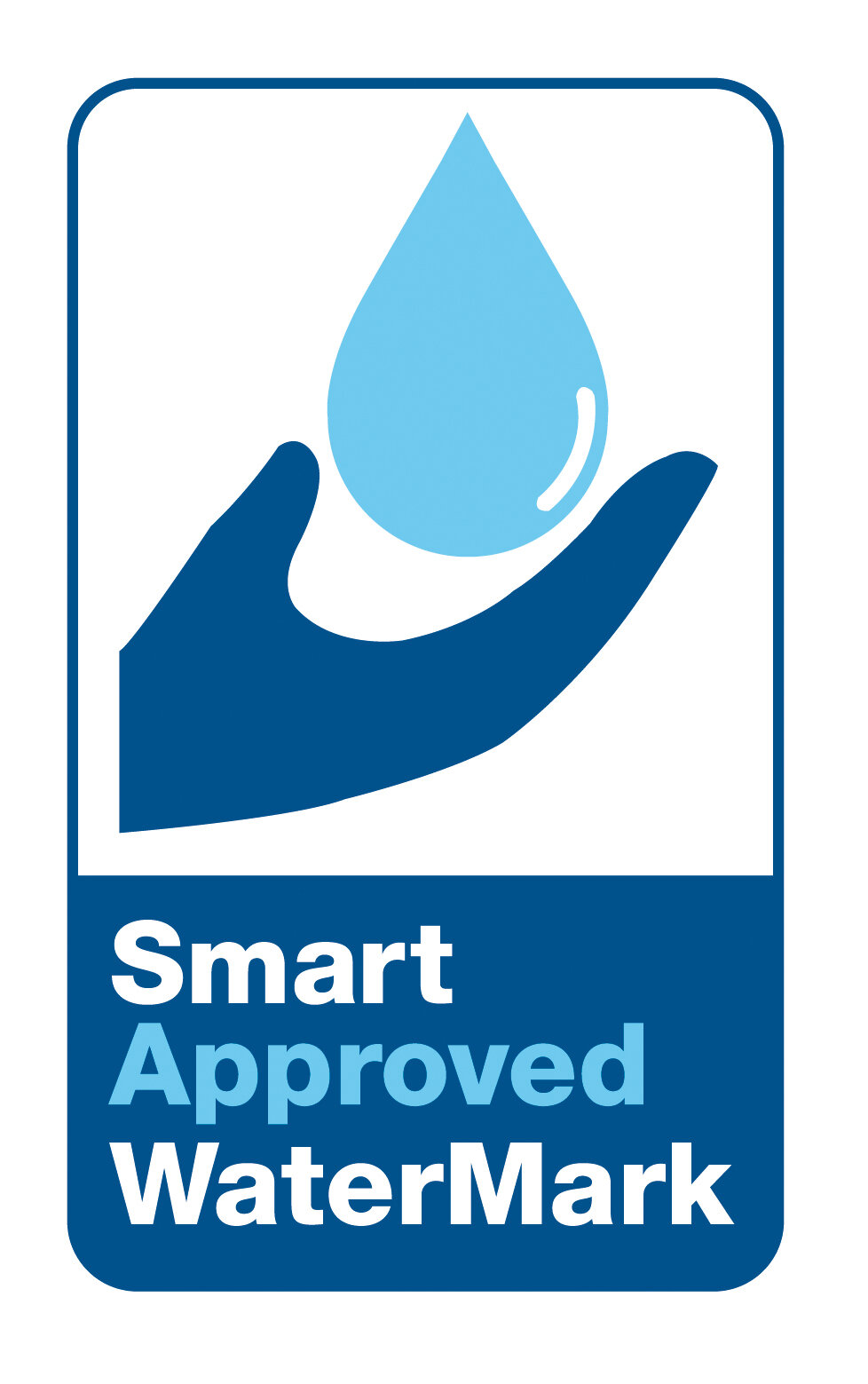Southern California is ground zero when it comes to aridification. Drought conditions have been a way of life for so long now that most people accept that droughts are no more. What has replaced them is a more permanent state of far less water with drier and hotter conditions - known as aridification.
But that doesn’t mean everyone is cutting back on water as they have been asked — or required — to do. Case in Point:
The Las Virgenes Water District in West Los Angeles County is dangerously low on water. Yet this district, home to some of the county’s wealthiest residents, is famous for using as much water as 205 gallons of water per person. That’s almost three times the daily average in other areas of the country.
Residents have been asked to scale back. Some have, but far too many have not. Because of this, the district is getting tough.
Every residence now has a water budget based on the number of people living in that home. Flow restrictor installation warning letters are being issued to customers who use more than 150 percent of their water budget. Actual flow restrictors are installed if the customer exceeds their monthly water budget at least four times.
When installed, these flow restrictors reduce consumption from thirty gallons per minute to just one gallon of water per minute - a significant water reduction. It’s enough water for kitchen faucets to work and toilets to flush — but just barely. Forget about using water to wash cars or for lawn sprinklers. At one gallon of water per minute, that’s out of the question.
Further, to ensure that residents know the district is serious about water use reduction, if a flow restrictor is installed — and about 1,600 of them have been installed — and then (illegally) removed, residents can be fined $100 to $200 per day. Just tampering with the flow restrictor can result in a $2,500 fine.
While the district is strict about this, they are not monsters, at least initially. For instance, they usually meet with the customer to discuss the situation and advise them on ways to reduce water consumption. According to the district, most residents have no idea how much water they are using. Once they understand, residents must sign an agreement that they will voluntarily mend their ways and use less water.
“What we’re trying to do is have a path for them [the residents] to take, to get their water use under control,” explains David Pedersen, the water district’s general manager. “We’re trying to help our customers do the right thing; we’re not trying to be punitive.”
However, if the district must get punitive and a flow restrictor is installed, the first installation is for two weeks. By then the resident, it is hoped, has learned their lesson and lives within their water budget. But if they do not, the second installation is for 30 days. It goes up from there.
There are ways these residents can “mend their ways” regarding reducing water consumption: installing aerators in sinks and faucets can save vast amounts of water, and watering lawns only once per week, as is now required.
Some residents are also looking into new, high-efficiency toilets that use even less water than the federally mandated 1.6 gallons of water per flush. They are even waterless urinals. As the name implies, these urinals use no water at all.
While they will not save 35,000 gallons of water annually as they do in a school or office, the reduction in water consumption could be significant – 2,000 to 4,000 gallons per year per urinal - enough that this may be all that is necessary for some of these residents to live within their water budget.
Klaus Reichardt is CEO and founder of Waterless Co, Inc, Vista, Calif., Waterless Co., Inc, pioneers in advancing water efficiency. Reichardt founded the company in 1991 with the goal of establishing a new market segment in the plumbing fixture industry with water efficiency in mind. Reichardt is a frequent writer and presenter, discussing water conservation issues. He can be reached at klaus@waterless.com










